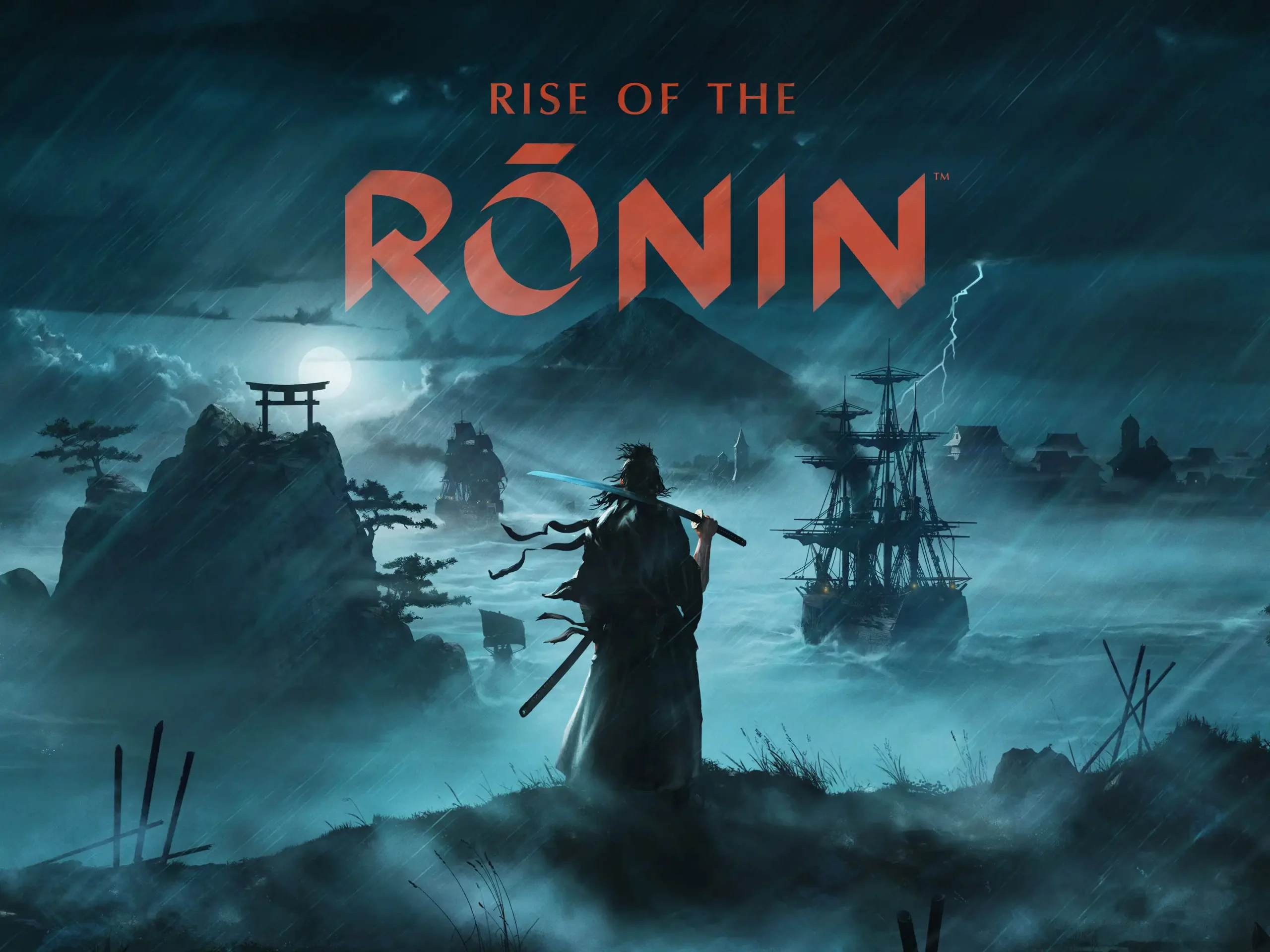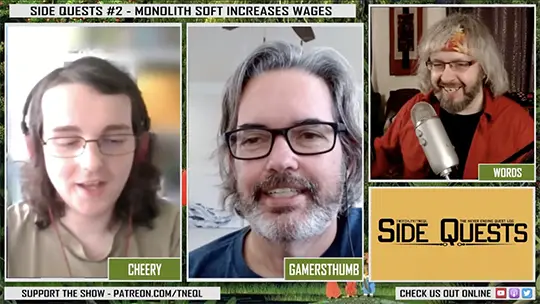Transcribed from the video:
I went into Rise of the Ronin expecting a samurai power fantasy, but ended up feeling like a confused history teacher fighting ninjas with a flamethrower. But ask yourself, is that really a bad thing? By now, you probably know the elevator pitch: it’s sort of like Ghost of Tsushima and Assassin’s Creed, but it’s from the people that made Wo Long and Nioh. Now, there’s a lot to absorb there and depending on how you feel about each of those games, there’s a lot to love… and even a little bit to worry about.
And sure enough, Team Ninja threw all those bits and pieces into the blender and smashed the button. So let’s pour ourselves a cup see how this thing turned out.
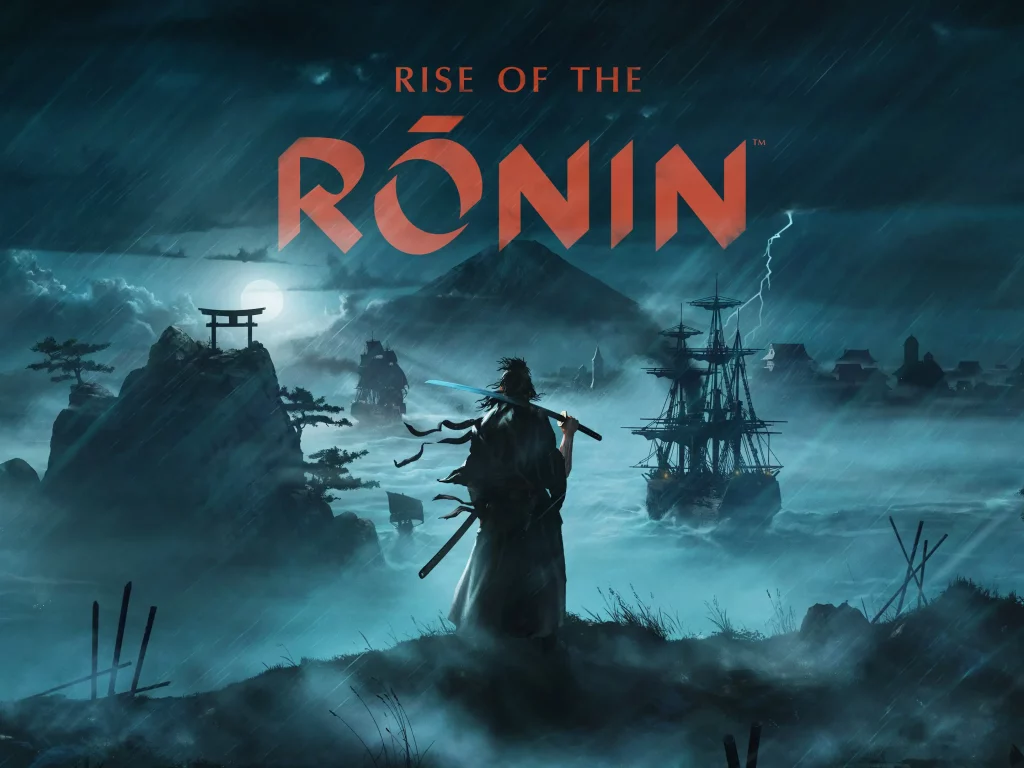
Rise of the Ronin is Team Ninja’s attempt at reaching a larger audience, complete with an all-star checklist of successful features in games from recent years: open world, souls-like combat, story decisions with consequences, side characters that can be romanced, and let’s not forget: Samurais in historical Japan. But as much as it borrows from the other games, it’s worth noting that there’s really nothing else quite like it, warts and all. And there are some warts to get to.
But before we get into the nitty gritty, let’s get some stuff out of the way: this review will be as spoiler free as possible, and I played it on a PS5… because hey it’s a PlayStation exclusive. And I’m not a PlayStation homer or hater, so this is an unbiased, level-headed look at what the game actually is.
Gameplay
This game is compared a lot to Ghost of Tsushima, and that’s pretty fair since we’re a lone Ronin running around historical Japan. Both games have a similar approach to open world design, with a pretty straightforward assortment of camps to liberate, stuff to collect, errands to run, and so on.
There’s also quite a bit of sneaking around to do if you want, just like Tsushima. The stealth is a little clunky and it seemed pretty optional, but I opted for it every time even when it would be quicker to just attack everyone in the open.
I don’t know, I just never get tired of taking someone out from above or behind, and they don’t even know what hit ‘em, and this game had a ton of satisfying moments in that regard. But it’s kind of like stealth-lite, because it was pretty easy to make noise or take someone out 20 feet in front of someone else, and that guard would be oblivious.
You level up and gain experience points by turning in karma, but not karma like good or bad. In this game you earn karma by defeating foes. Any foe. From any faction. But like a souls game, or like Nioh, you have to turn this in at checkpoints to get credit for it and gain the experience. If you die, your karma stays with the enemy that killed you and you have to land a critical hit on them to get it back.
There are different enemy types and most can be dispatched with a knife in the back or an arrow in the head, but others will require effort. And this is where the game really departs from Ghost of Tsushima. Team Ninja is known for intricate and satisfying combat, and to be totally honest, this was the thing that had me the most worried about the game.
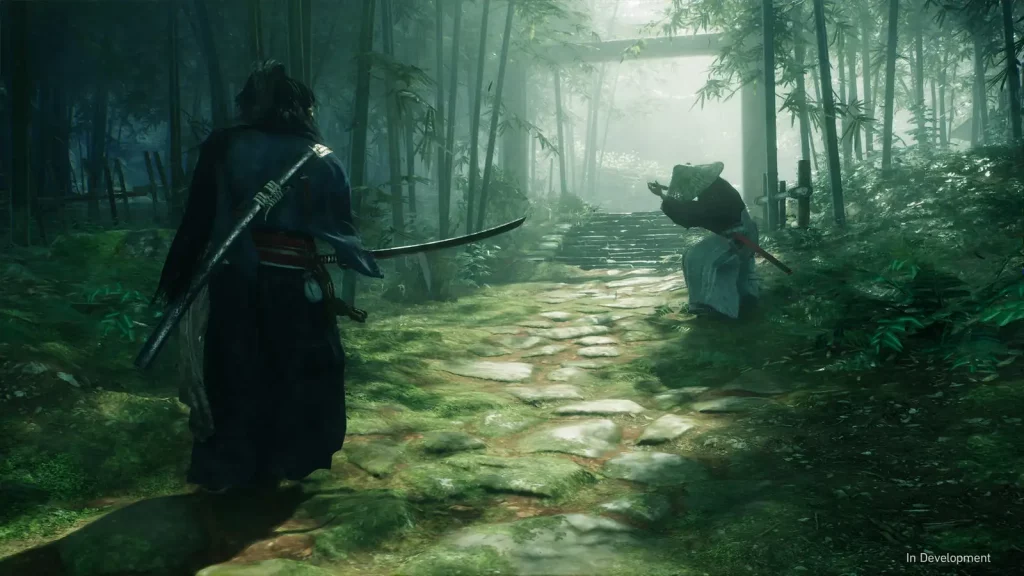
Look, I haven’t entered my souls-like era. I’m just not into perfect parries and reactive combat. Fortunately, Team Ninja had button-mashers like me in mind and made sure the combat was more forgiving than something like Wo Long or Nioh. Don’t get me wrong, the timing window on perfect parries is still challenging (I swear I always have to hit the button later than I expect), and those parries are still crucial to your success, but overall this combat is more accessible. It’s also really deep. There’s a variety of weapons, from polearms and katanas to sabres and great swords. Each weapon has its own stances you unlock through using the weapons, and there’s a whole system of which weapon stances are strong or weak against your opponent’s stances, indicated by this arrow here.
It was actually a little too deep for me and I’m sure I wasn’t paying enough attention to this part of the game. I don’t really want several dozen weapons and stances to choose from—there was already enough variety in enemy attack styles and timings.
So if you’re here for the combat and you’re huge fan of Team Ninja, I honestly think you’ll enjoy the combat system and mastering the different stances, but you might have to crank up the difficulty.
One thing I did not enjoy was the loot system and the fact that you get a LOT of loot, constantly, at all times. Defeat an enemy? Here’s some loot. Turn in a quest? Here’s some loot. Kick a chest? Find a sack? Have a f***king conversation, loot. That sounds pretty standard, I guess, but in reality it’s just a constant flow of junk. Once in a while there’ll be something you actually want to equip, but it’s so much to keep track of I just ignored all the loot until I was done for the night and went back to town. I never really knew when I should be dismantling or selling, so I just switched from one night to the next.
An advantage to so much loot is that you have a ton of customization options, since you can equip an item but lock in the look of any piece of equipment you’ve acquired, whether you still have it or not. And I really appreciate that because there’s a mix of eastern and western styles of armor and clothing, and at first it’s really jarring to replace a kasa with, like, a stupid-looking bowler hat. But once you get the look you want you can just set it and equip whatever item and bonuses you want.
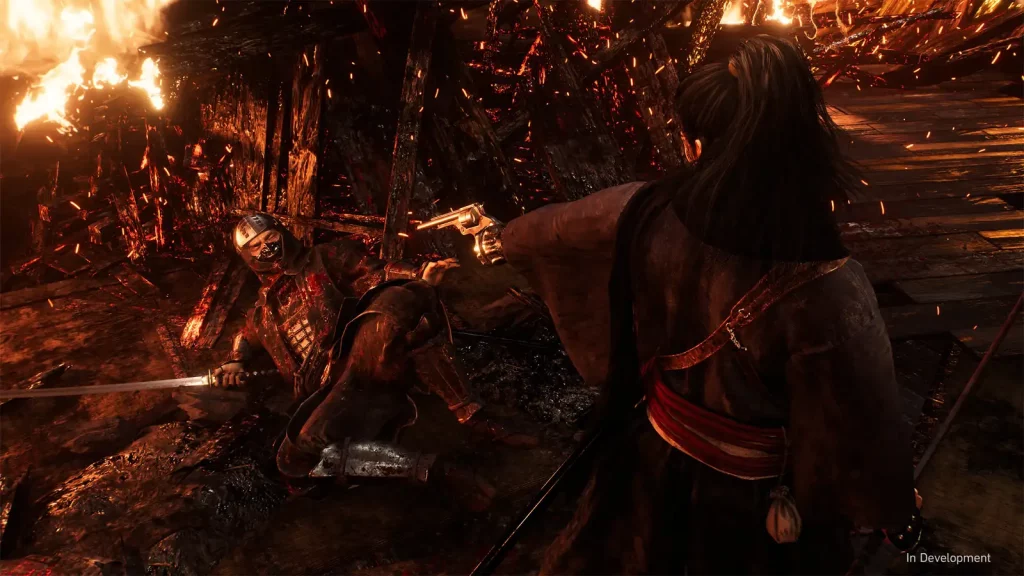
You might tired of the typical open world design, and I feel that too, but it didn’t bother me here. I never felt overwhelmed with too many icons, and the activities were pretty painless to do and even pretty fun at times. I enjoyed setting off into an unexplored area and slowly uncovering the landmarks and activities, and often found myself doing that instead of following the main story. Then again, that might’ve had less to do with a fun open world, and more to do with a pretty unremarkable story.
Story
I mean, the story wasn’t bad, and it has some good twists. You start out as a samurai in training with your blade twin, described as atwin warrior unit that are trained together to fight as a unit. This is in the final years of the Eco period of Japan, when and handful of Western nations have settled in the city of Yokohama, with hopes of signing treaties and making trade arrangements. England, France, the United States, they all have a presence here and their presence is felt immediately. You can see a hodge podge of architectural styles in Yokohama, and the Western influence extends out into the countryside in villages and areas where sometimes they’re welcomed and sometimes they’re not.
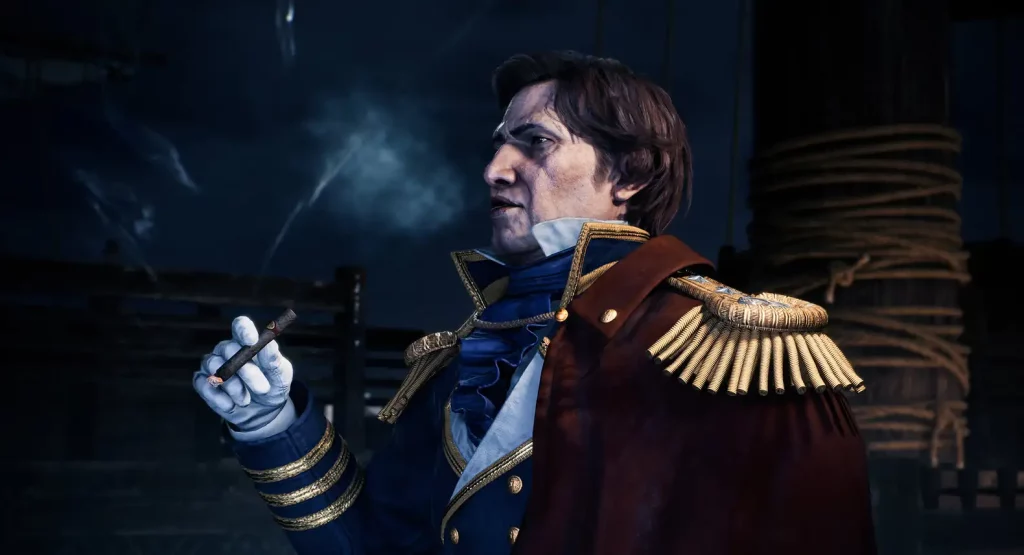
The game has two main factions to align with, and you either help the Shogun and the colonists establish themselves in Japan, or you help the anti-shogunates try to drive them away. I will give the story some credit here: it does put some difficult decisions in front of you at times. But I often felt like the consequences of my decisions were going to suck either way, and I just didn’t feel as connected to the events and the side characters as I have in recent games.
On the other hand, the setting feels alive and at least mildly interesting, so that makes up for a lot. I say it feels alive, but how it looks? That’s another story…
I don’t think the developers had a clear vision on when and where this game would lean on fun, almost arcade-like action vs. gritty realism.
Graphics
Ok, this game has taken quite a bit of heat for it’s graphics. Some of that is earned, when it looks like a PS4 game that stumbled onto the PS5 by mistake. Other times, it’s breathtaking. Like that time I saw a sunset over a field of cherry blossoms… right next to a texture glitch that made this water fall look like something out of Doom. And I’m not talking about the 2016 Doom, either.
So here’s my theory: there’s a day and night cycle, and you also have weather, and I think maybe if you’re running around at mid-day and it’s cloudy or rainy, the game looks pretty drab and flat. But when the sun is out and you’re in colorful area… I think it’s beautiful. I mean, we’re complaining about this? (beautiful scene on screen) Oh wait, yeah. (janky shoreline) We’re complaining about this.
What the game lacks, in my opinion is a graphic style. Visually, it’s very grounded in reality, but almost to a fault. It’s not realistic enough to look photorealistic, and not exaggerated enough to look stylized. But that lack of identity is kind of the problem with the whole game, really.
Gripes
The game is grounded in reality, in that there’s no magic attacks and the events in the game are very loosely tied actual historical events and characters. But in the middle of all this grounded reality, you can instantly whip a glider out of thin air, glide around for a bit, then whistle and land right on your horse that appears out of nowhere. This doesn’t feel out of place in the fantasy world recent Zelda games, but it definitely stretches the immersion in a historical game. Like these kites that very coincidentally appear exactly where you need them, and no one is ever down below flying them. On top of that, the idea of using a grapple hook to pull on a kite to get more lift is just… I mean, I’m no physics major but that’s about as video-gamey as it gets.
It’s fun, don’t get me wrong, but that’s the thing. I don’t think the developers had a clear vision on when and where this game would lean on fun, almost arcade-like action vs. gritty realism. The karma system has no real explanation within the context of the game, it’s just there. The same goes for the inventor character that has created a sonar device and a portable camera that’s at least 100 years ahead of its time. Both of these add fun to the game, and I wouldn’t think twice about them in a more fantastical game. But it’s weird to be talking to actual historical figures about treaties one moment, and using a full-on flame thrower on a comically oversized villain a few minutes later. It’s weird because they didn’t go all in.
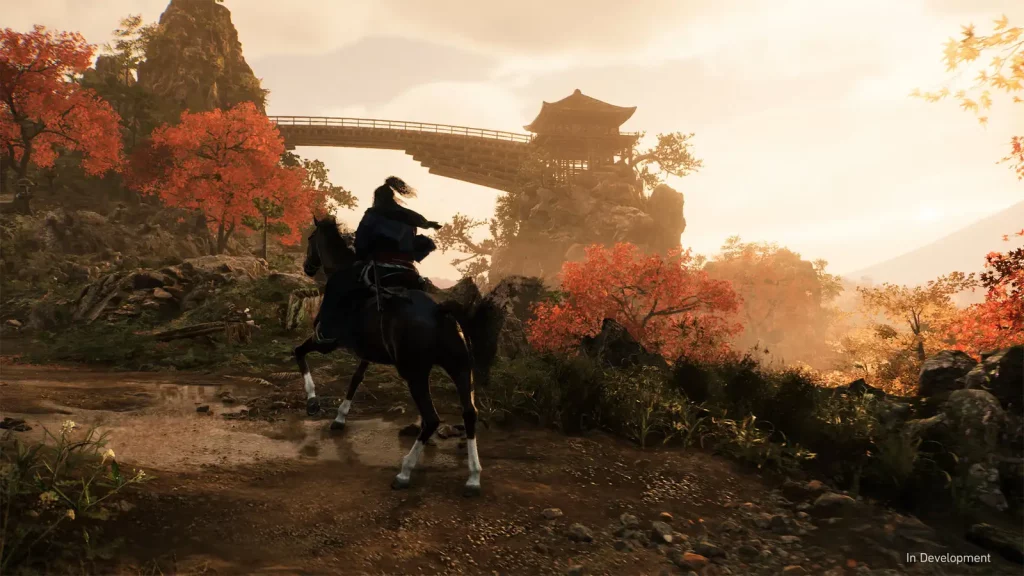
So Should You Play It?
The fact that they didn’t go all in is the overwhelming sentiment I had playing the game. The souls-like combat, or the stealth gameplay, or the Eastern mysticism, or the gritty historical perspective… it’s all there but they don’t go all in on any of it. Then again, none of those things were done poorly, and I had fun with just about every aspect of the game.
Look, Rise of the Ronin won’t win any awards for originality, but it is a fun, messy blend of genres. Like a gaming salad…sure, it’s not a steak, but it’ll hold you over until the main course arrives (looking at you, Assassin’s Creed Red).
What can I say? It scratched an itch. It has a thousand little details that I haven’t even mentioned, and it was just fun to play even if it does have a bit of an identity crisis. If you can ignore some of the graphics, and you don’t really need a cinematic story, or soul-crushing difficulty, then yeah this is a game worth playing. I give it a thumbs up as game that’s good in almost every aspect, but stops short of greatness in all of them. 👍
And if you liked this video, you can give it a thumbs up as well. And if you really wanna make my day, hit that subscribe button and join a growing number of thumbs, ready to talk gaming without the fanboy stuff.
